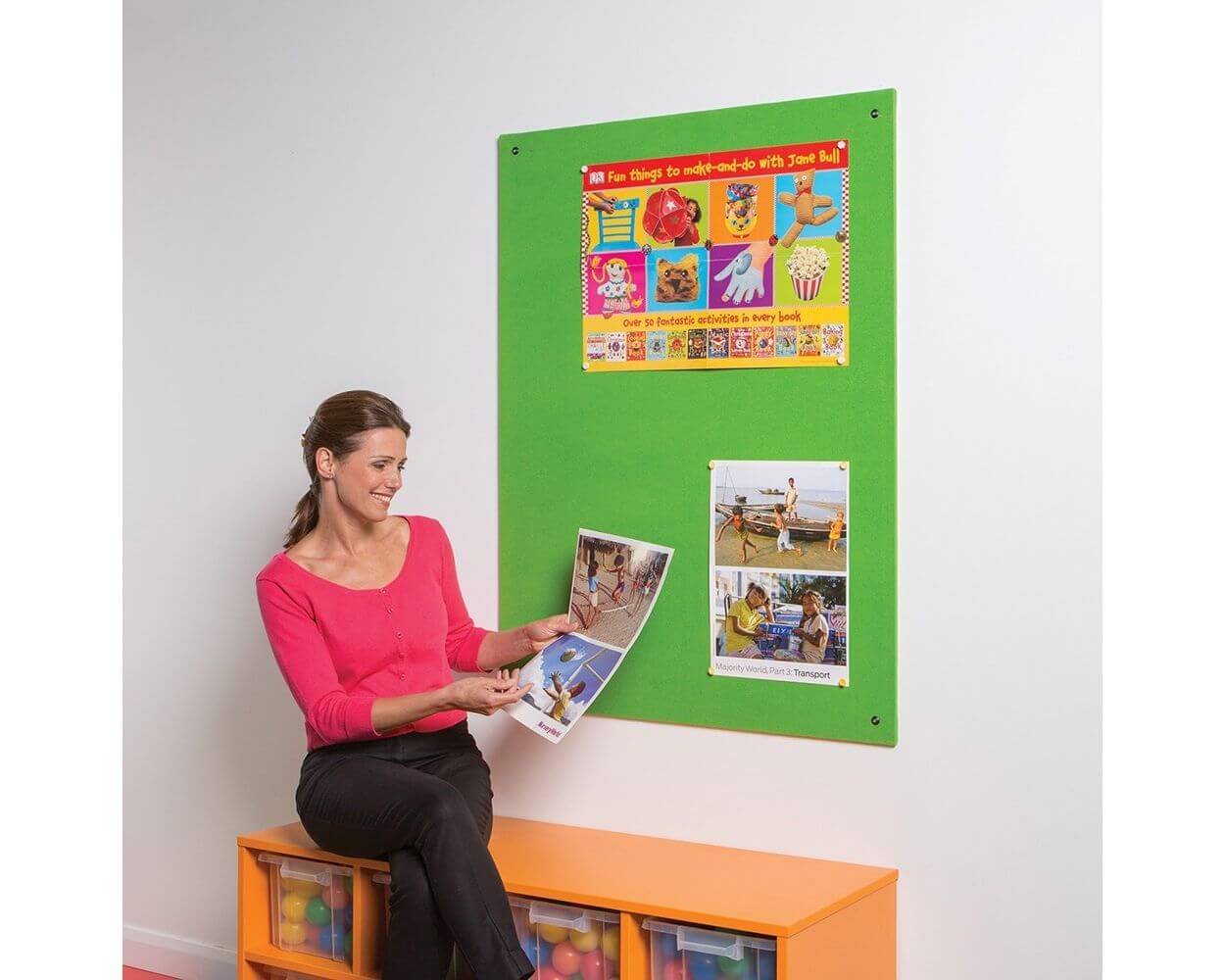Classroom noticeboards have long been a staple in school, serving as a central hub for communication and information sharing. These boards provide a visually appealing way to convey important messages, announcements, and updates to students teacher, and staff. In today’s digital age, where technology dominates communication, classroom noticeboard offer a tangible and engaging platform that can captivate and inform.
The importance of a communication hub in schools
A communication hub plays a crucial role in any educational institution. It serves as a central point where information can be easily accessed and shared by students, teachers and staff. Effective communication is key to positive learning environment and ensuring that everyone is well informed about important school updates, events, and initiatives. A well-designed communication hub helps to streamline communication processes, reduce misunderstandings, and promote collaboration among various stakeholder within the school community. Classroom noticeboards, as an integral part of the communication hub, offer a physical space where information can be displayed, making it easily accessible and visually engaging for all.
Benefits of using noticeboards in classrooms
Noticeboards in classroom offer numerous benefits for both students and teachers alike. Firstly, then provide a visual representation of important concepts, topics, and ideas, making it easier for students to grasp and retain information. Research shows that visual aids enhance learning and comprehension, and noticeboards serve as a valuable tool in this regard. Secondly, noticeboards can foster a sense of pride and ownership among students. When their work is displayed on the board, students feel a sense of accomplishment and are motivated to put forth their best effort. Additionally, noticeboards ca serve as a source of inspiration and creativity, showcasing exemplary student work and encouraging others to strive excellence.
Types of noticeboards for classroom
There are various types of noticeboards that can be utilised in classroom, each serving a specific purpose. The first type is the thematic noticeboards, which focuses on a particular theme or topic. These boards can be used to showcase student projects, display relevant information, or highlight important concepts. The second type is the interactive display boards, which encourages student engagement and participation. These boards often involve hands on activities or games that reinforce learning objectives. The third type is the information boards, which provides important updates and announcements specific to the classroom or school. These boards can include event calendars, schedules, and reminders. By utilising a combination of these types, teachers can create dynamic and informative display boards that captivate students, parents and visitors attention.
Tips for creating visually appealing display boards
Creating visually appealing display boards requires careful planning and attention to detail. Here are some tips to make your display boards stand out:
- Choose cohesive theme or colour scheme that aligns with the classroom’s overall aesthetic.
- Use eye-catching fonts and typography to make the information easily readable
- Incorporate a variety of textures and materials to add depth and visual interest.
- Utilise boarders, frames and dividers to create a structured layout.
- Incorporate three-dimensions elements, such as cut-outs or props, to add depth and dimensions
- Regularly update and refresh the display boards to keep relevant and engaging.
By following these tips, teachers can transform their display boards into visually displays that enhance communication and captivate students attention. Want some inspiration for you display boards? Check out our pintrest!
Interactive display boards for student engagement
Interactive display boards are a powerful tool for promoting student engagement and participation. These boards go beyond simply displaying information and encourage students to actively interact with the content. One examples of an interactive display boards is a “Guess the word” board, where students are challenged to decipher vocabulary words or solve puzzles. Another idea is a “Question of the week” board, where students can write their responses to thought-provoking questions and engage in meaningful discussions with their peers. By incorporating interactive elements into display boards, teachers can create and immersive learning experience that sparks curiosity and encourages active participation.
Informational boards for important school updates
Informational boards are a vital component of any communication hub, as they provide important updates and announcements to students, teachers, and staff. These boards can include event calendars, school-wide announcements, and reminders for upcoming deadlines. To make these boards visually appealing, consider using colour-coded sections or symbols to differentiate between different types of information. Additionally, including photographs or illustrations related to the updates can enhance the visual impact and capture the attention of those passing by. By regularly updating and maintaining these informational boards, schools can ensure that everyone is well informed and up to date with the latest news and events.
How teachers can utilise display boards effectively
Teachers play a crucial role in utilising display boards effectively to enhance communication and create a visual impact. Firstly, teachers should carefully plan and curate the content display on the boards, ensuring that it aligns with the curriculum and learning objectives. They should also encourage student involvement by showcasing exemplary work and providing opportunities for students to contribute to the display boards. Furthermore, teachers should regularly update and refresh the boards to keep the content relevant and engaging. By involving students in the process and making the boards a collaborative effort, teachers can create an inclusive and interactive learning environment.
In conclusion, display boards serves as a valuable communication hub in schools, creating a visual impact while conveying important information. By utilising a combination of thematic, interactive, and informational boards, teachers can enhance student engagement, promote collaboration, and foster a positive learning environment. Through careful planning, attention to detail, and regular updates, display boards can become a powerful tool for effective communication and visual appeal within the classroom. So, revamp your school’s communication hub with the classroom display boards and experience the positive impact it can have on the entire school community.

